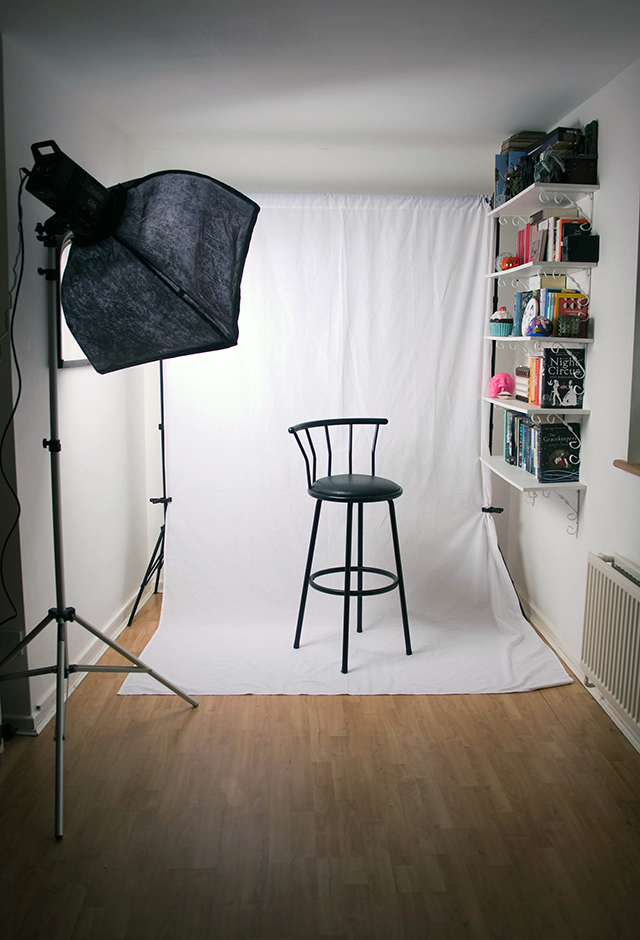Small Apartment Photography Studio: A Guide to Creating a Professional Space in Limited Square Footage
In the realm of photography, having a dedicated studio is often seen as a luxury reserved for professionals with ample space. However, for those living in small apartments, creating a functional photography studio may seem like an impossible feat. Fear not, as with careful planning and a touch of ingenuity, you can transform even the most compact of spaces into a productive photography haven.

1. Maximize Natural Light:

Natural light is the photographer’s best friend, and it’s essential for creating flattering and well-lit images. If your apartment has windows, position your studio near them to take advantage of the soft, diffused light. Consider using sheer curtains or blinds to control the intensity and direction of the light.

2. Utilize Vertical Space:

When floor space is limited, think vertically. Use shelves or pegboards to store equipment, props, and backdrops. Hang lights from the ceiling or use stands to elevate them above the shooting area. This will free up valuable floor space and create a more organized and efficient studio.

3. Choose Multipurpose Furniture:

Opt for furniture that serves multiple functions. A rolling cart can double as a storage unit and a backdrop holder. A folding table can be used for shooting, editing, and as a makeshift lightbox. By choosing versatile pieces, you can save space and maintain a clutter-free environment.

4. Create a Backdrop System:

Backdrops are essential for creating different shooting environments. Invest in a few high-quality backdrops in neutral colors that can be easily changed. Consider using a backdrop stand or a tension rod system to hang them from the ceiling or walls. This will allow you to quickly and easily change the background of your images.

5. Use Portable Lighting:

Studio lighting can be bulky and space-consuming. Instead, opt for portable lighting solutions such as speedlights, ring lights, or LED panels. These lights are lightweight and can be easily moved around to create different lighting setups.

6. Keep it Organized:

Clutter is the enemy of a small studio. Establish a designated storage area for all your equipment and props. Use bins, drawers, and shelves to keep everything tidy and within reach. By maintaining a well-organized space, you’ll save time and frustration during your shoots.

7. Optimize Your Workflow:

Plan your workflow to minimize unnecessary movement and maximize efficiency. Position your camera, lights, and backdrops in a way that allows you to shoot quickly and seamlessly. Use editing software to streamline your post-processing workflow and save time.

Conclusion:

Creating a photography studio in a small apartment may require some creativity and compromise, but it is entirely possible with the right approach. By maximizing natural light, utilizing vertical space, choosing multipurpose furniture, creating a backdrop system, using portable lighting, maintaining organization, and optimizing your workflow, you can transform your limited space into a functional and inspiring photography studio.
:max_bytes(150000):strip_icc()/Boutique-hotel-Room-Studio-Apartment-Ideas-587c08153df78c17b6ab82ca.jpg)








:max_bytes(150000):strip_icc()/Have-it-all-studio-apartment-587e9d153df78c17b6d4f076.jpg)







